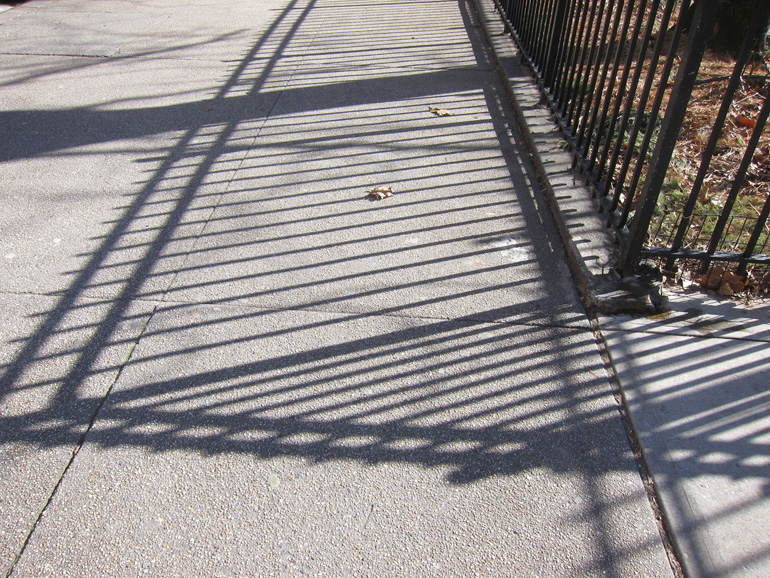Gotham Diary:
Dames
25 January 2013
Reading Caroline de Margerie’s Amnerican Lady: the Life of Susan Mary Alsop a few months ago made me realize that I’ve got an interest in well-written books about well-born American women who weren’t supposed to do much of anything beyond marrying and raising children, but who became famous, which they certainly weren’t supposed to do. What they became famous for was, essentially, being themselves in a publicly interesting way: Dames. They created stylish careers to suit themselves as women; they were rarely certified professionals. (My Dames were not WASP princesses who went on to be leading doctors or lawyers. ) They were not feminists — or, rather, the women who were would have said that they weren’t. Susan Mary Alsop was a diplomat’s wife with a couturier’s dream figure who became an important Georgetown hostess, entertaining the nation’s political élite. Not without a little help from her second husband, who, to be sure, married her for her Dame potential.
That’s a thing about Dames: they generally needed to be married before they could get started on whatever it was that would make them famous. Whether their husbands provided lots of money (Bill Paley) or lots of creative support (Paul Child), they were indispensible. Dames might not be beauties, but they were attractive, and their achievements depended on important lifts from men. Some worked harder than others — nobody worked harder than Julia Child, once she got going — and some were just famous for being famous, like the beautiful, beautifully-dressed Babe Paley.
Now lands Empress of Fashion: A Life of Diana Vreeland, by Amanda Mackenzie Stuart. Like American Lady, this is the first serious biography of its subject, and I will be refining my still rather vague ideas about Dames. How many other such lives can be found on my shelves?
***
Meanwhile, who knew? It was very interesting to read, on page 15, that Emily Key Hoffman, who would become Diana Vreeland’s mother, attended the recently-established Brearley School, of which my dear Kathleen is an alumna (and, currently, a trustee). But the bombshell on page 34 — Vreeland herself, who also went to Brearley (!), was effectively thrown out by the headmaster, for not being “Brearley material” — this startling revelation put ants in my pants, and at eleven-thirty last night. I got quite excited, mulling it over. Kathleen had had no idea that DV was a Brearley girl (much less a rejected one). Had we known it and forgotten it? Unlikely — but not impossible. I must find my copy of DV, Vreeland’s “factional” memoir.
***
Kathleen, during moments of relative calm in last night’s conversation (who knew?), asked me about the Mitford sisters — were they Dames? I am pondering this. There was something so prodigious about Lord and Lady Redesdale’s brood of girls that they none of them had to endure the floudering, or at least aimlessness, of my Dames’ early adulthood. Nancy always wanted to be a writer, and Jessica seems always to have wanted to be a socialist. Unity worshiped Hitler from quite a young age, and had a lot of comfortably sexless quality time with the monster. Deborah, who did everything she could think of to avoid becoming a Dame, is perhaps the only one among the lot. In becoming a highly idiosyncratic chateleine on a grand scale, Debo was assisted not only by her husband (who came into the castle, as it were) but by the Inland Revenue and some very untimely deaths. (Q: do Inland Revenue collect death duties?) But can a Dame be a duchess? We shall have to perpend.

